How to grow yerba mate – plant-care professionals advise on the best conditions for lush foliage that can be made into your own 'mate' drink
Key care tips for these evergreen shrubs and trees, including advice on watering and pruning
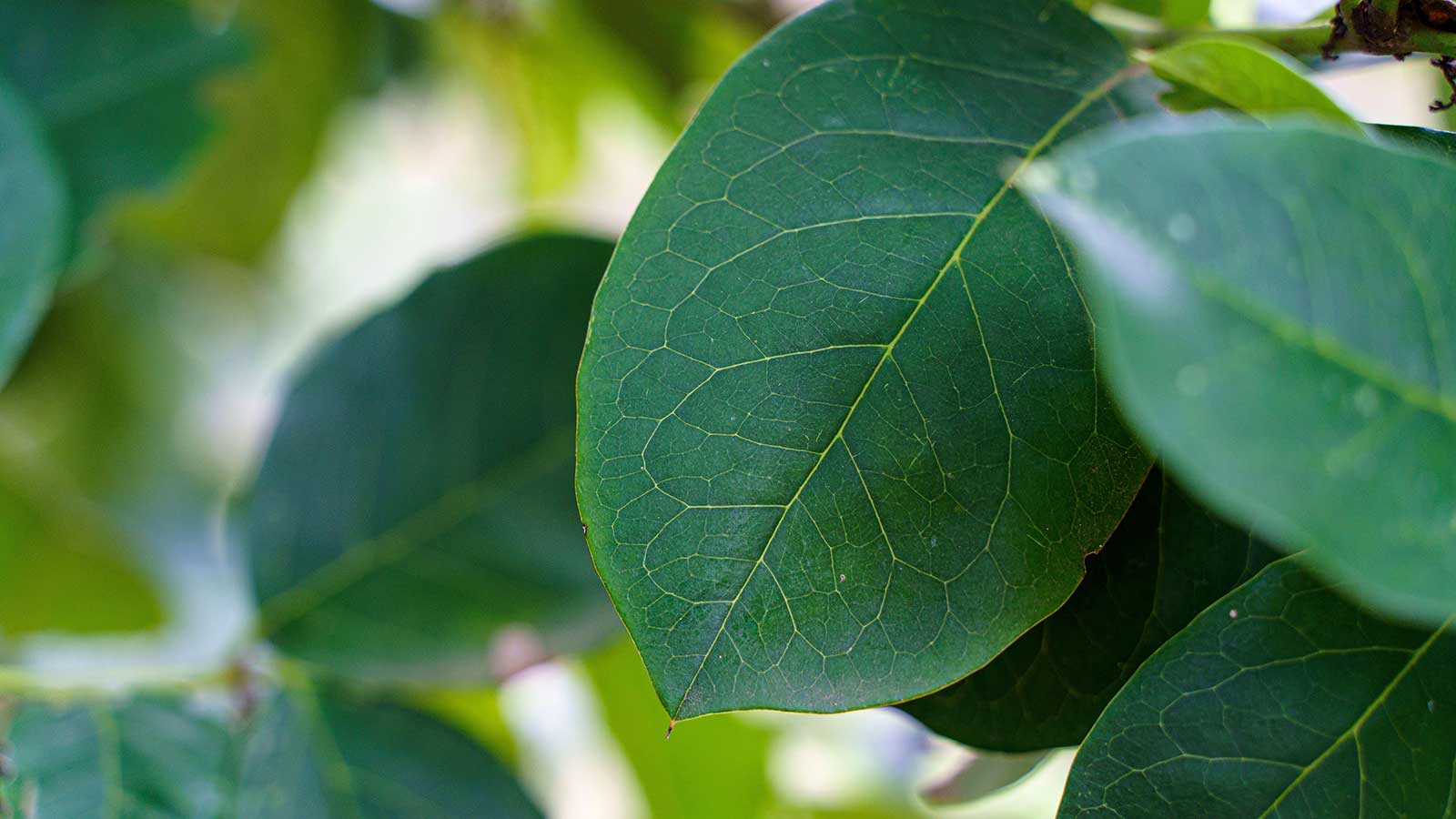

Yerba mate, or Ilex paraguariensis, hails from South America. Brewing the dried leaves results in a traditional caffeinated drink (often referred to as ‘mate’), which is widely popular in this part of the world.
The plants themselves are evergreen, and can grow from shrubs into tall trees if conditions are right. With their delicate fall flowers and red berries, they make attractive backyard additions – even if you’re not fussed about harvesting the leaves.
There are a few key things to get right for growing success. This includes the climate: a hardiness zone of 9-11 is usually suitable. There are other factors to bear in mind, too, as gardening experts reveal below.
Growing habits for yerba mate plants
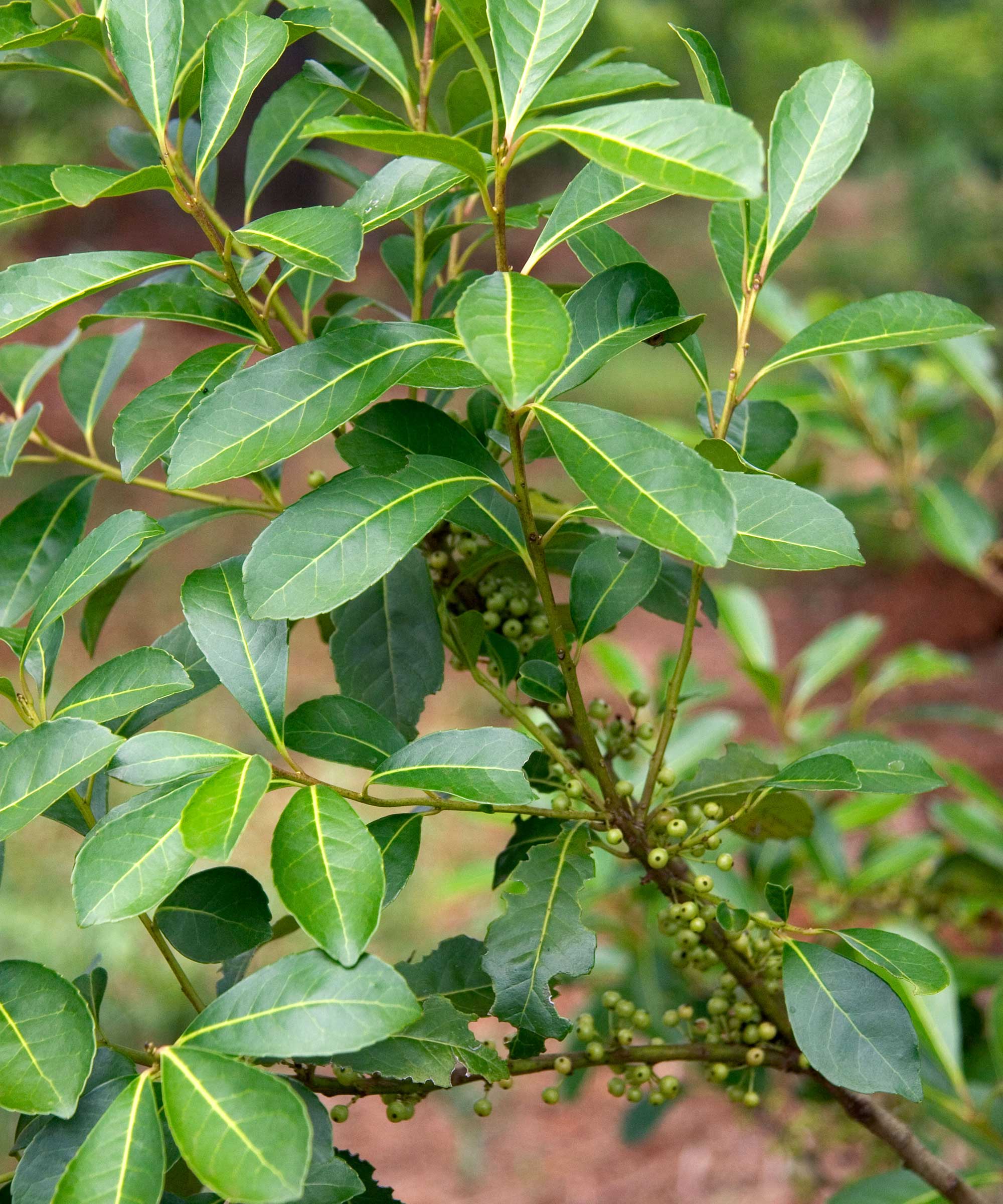
Yerba mate plants need warmth and humidity to thrive
As with any plant, growing a healthy yerba mate calls for the right soil type, watering method, pruning technique, and more.
Yerba mate plants, available from Perfect Plants nursery, can be planted straight into the ground or in a large container. They need warm temperatures to thrive – above 60°F – so pot-growing is best if you need to bring yours indoors through winter. Like when growing cinnamon plants, humidity is also important for the best results.
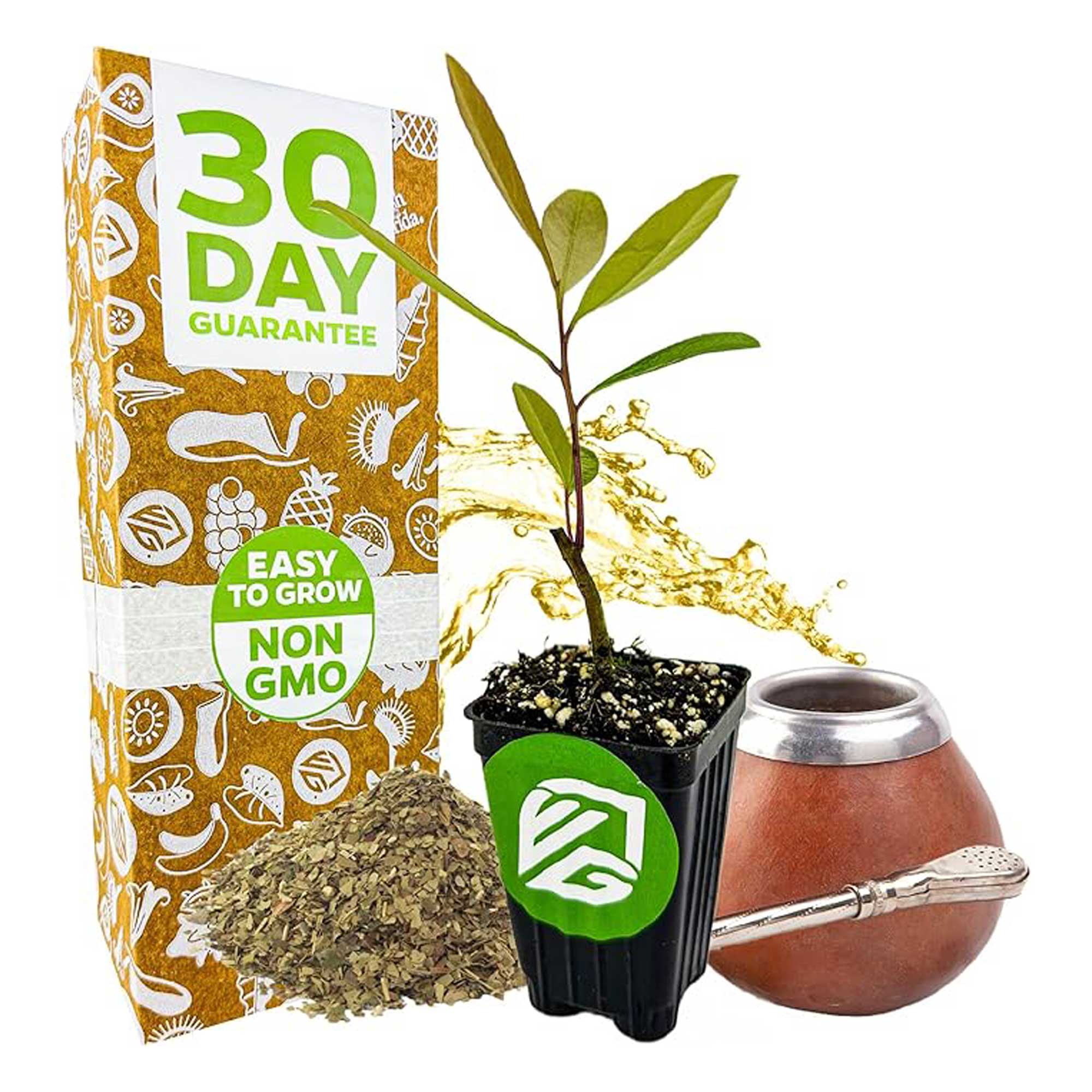
This 3-8 inch starter plant from Florida-based nursery Wellspring Gardens will grow into a full-sized shrub or tree with the right care.
Growing guide for yerba mate plants
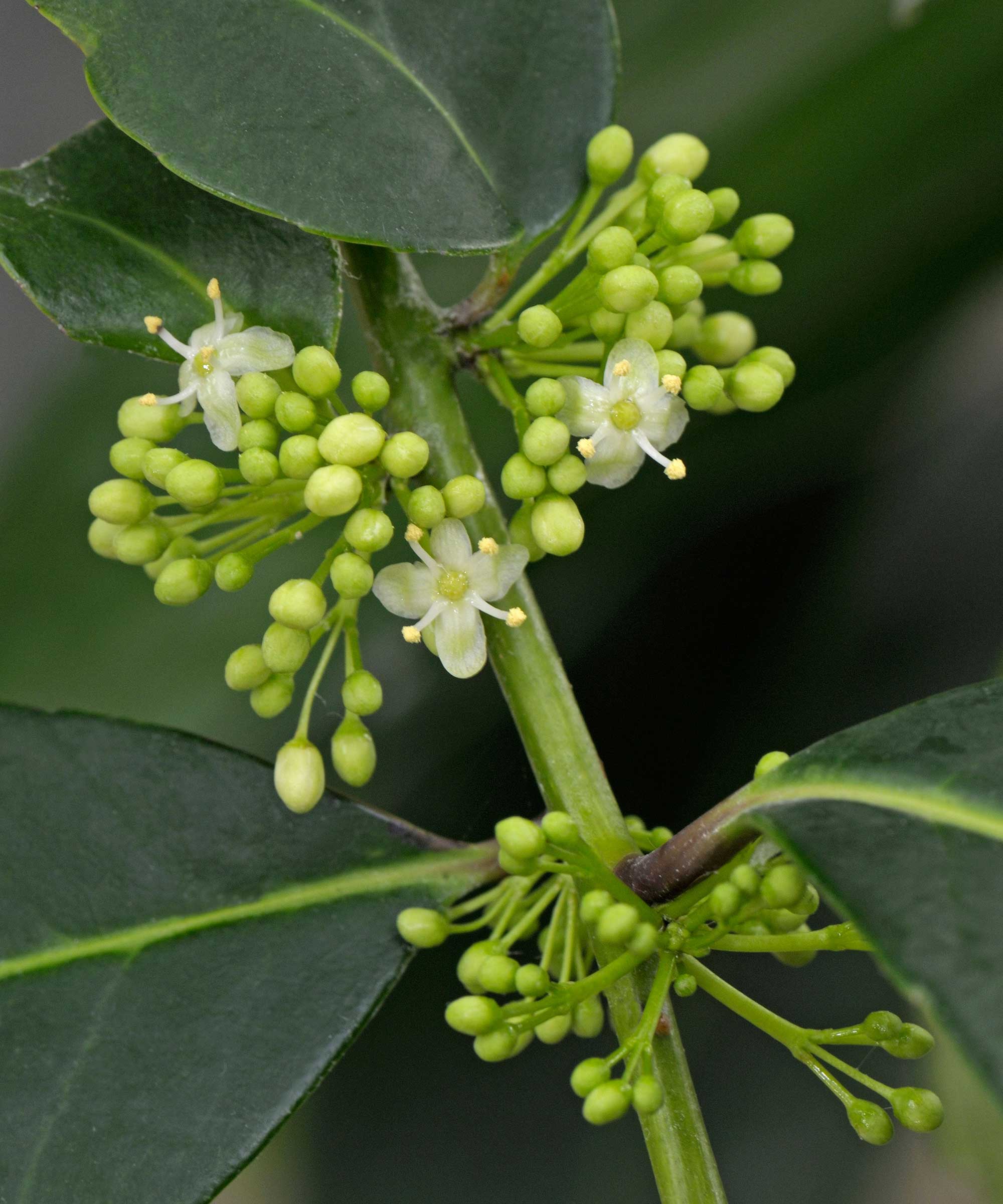
These plants have small, fragrant flowers
Soil: Kiersten Rankel, an expert from plant-care app Greg, says, ‘Yerba mate prefers well-draining, slightly acidic soil with a pH between 5.5 and 6.5.’ She also notes that the soil should be rich in organic matter, so it’s a good idea to mix in compost before planting. ‘Avoid heavy, clay soils that retain too much water, as these can lead to root rot,’ she adds.
Light: Kiersten highlights that yerba mate grows best in partial shade to dappled sunlight. ‘In its native environment, it often grows under the canopy of taller trees, and you can mimic those conditions by providing filtered light or shade during the hottest part of the day. Too much direct sun can scorch its leaves.’
Watering: 'The soil should never dry out completely,' says Julia Omelchenko, an expert from Plantum. However, while frequent watering is a must, Ilex paraguariensis doesn’t tolerate waterlogging, she notes. 'Adjust the watering frequency based on rainfall and the soil’s moisture level. Once the topsoil dries out by about an inch, it’s time to water the plant.'
Fertilizing: According to Kiersten, fertilizing yerba mate is important for healthy growth, although over-fertilizing should be avoided as this can damage the plants’ roots. Alexander Betz of Plant by Number recommends feeding the plants with a balanced, acidic fertilizer or compost every two to three months during the growing season (spring and summer). 'Apply it around the base of the plant, avoiding direct contact with the trunk, and water thoroughly afterward,' he says.
Pruning: ‘Pruning yerba mate helps shape the plant and encourages new growth,’ Kiersten says. She recommends doing so in late winter or early spring, before new growth begins. ‘Remove any dead, damaged, or weak branches, and shape the plant to your preference. Regular light pruning can also encourage bushier growth, which is beneficial for leaf production.’ According to Julia, pruning also promotes air circulation and light penetration, reducing the risk of fungal diseases.
Toxicity: Yerba mate is generally considered unsafe for pets, so should be kept away from them. For most adults, drinking mate (the drink made from the leaves) is said to be likely safe, and may even have health benefits. However, some research suggests high consumption could be be linked to an increased risk of cancer. Pregnant people, breastfeeding people, and those on medication should consult a healthcare professional before drinking mate.
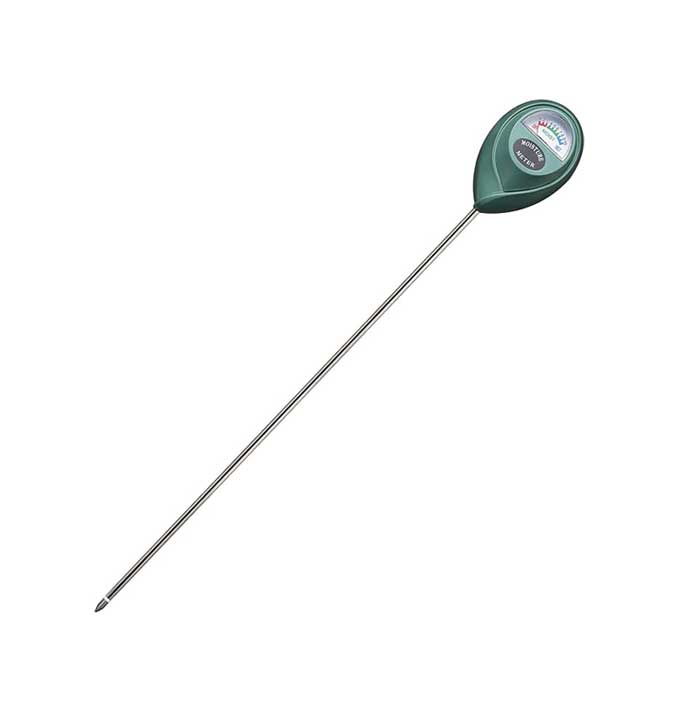
Keep an eye on your yerba mate’s hydration levels with this best-selling moisture meter from Xlux.
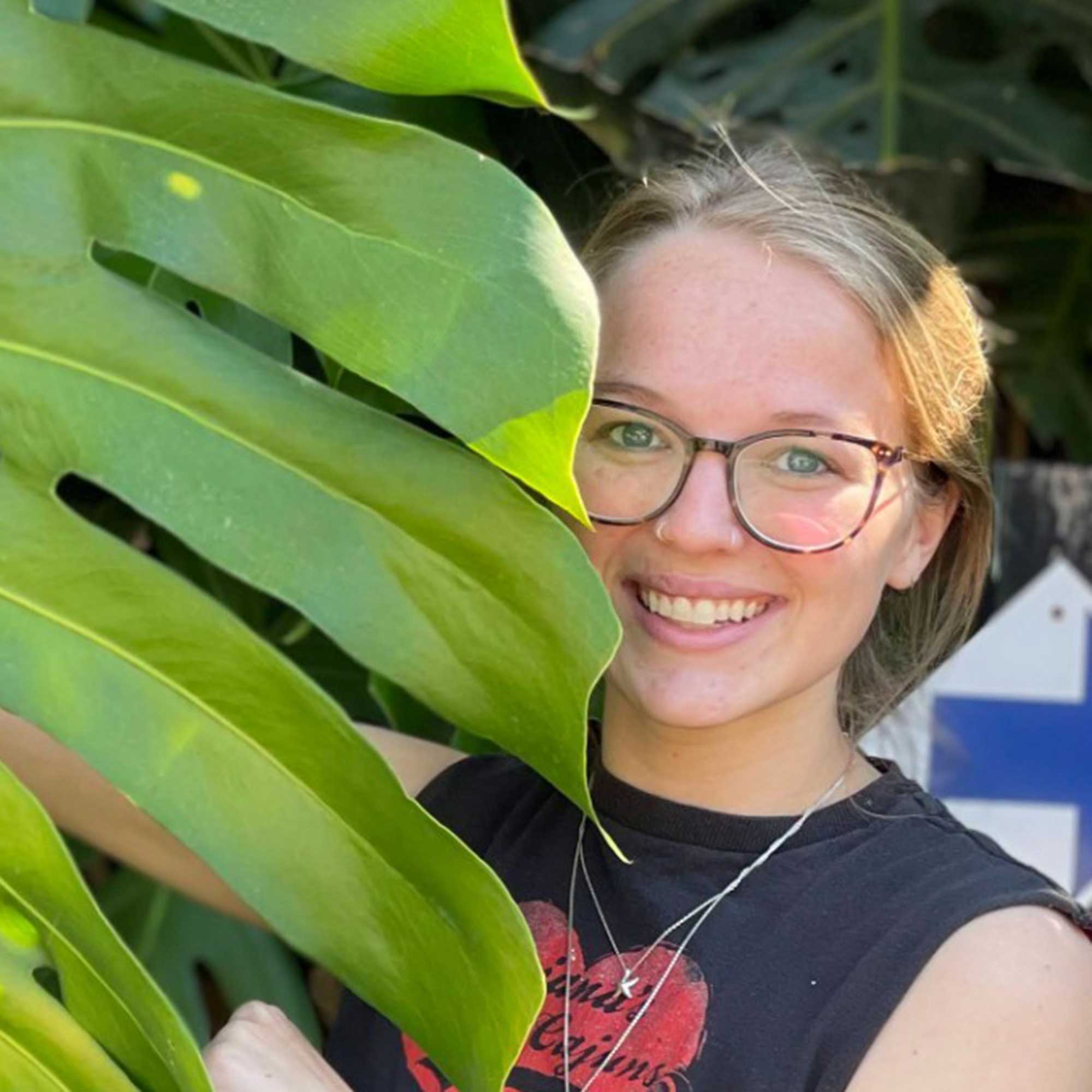
Kiersten Rankel is a certified Louisiana Master Naturalist and regularly volunteers with local community gardens and nonprofits to help restore critical ecosystems along the Gulf Coast. She earned her master's degree from Tulane University in Ecology and Evolutionary Biology after her undergraduate degree in Environmental Biology, also from Tulane. In her spare time, she enjoys hiking and tending to her 150+ houseplants and vegetable garden.

Julia Omelchenko has four years of experience consulting on botany-related topics for Plantum, an app that helps users identify plant species, diagnose their conditions, and get specific care advice.

Alexander Betz founded Plant By Number to make landscape design more accessible to anyone with a passion for creating beautiful spaces. As a landscaper, Alex recognized the need for a more efficient planting method. Plant By Number uses traditional design files, scales them, and prints them onto landscape fabric, streamlining the process. This innovative approach empowers anyone to achieve a professional layout with ease.
FAQs
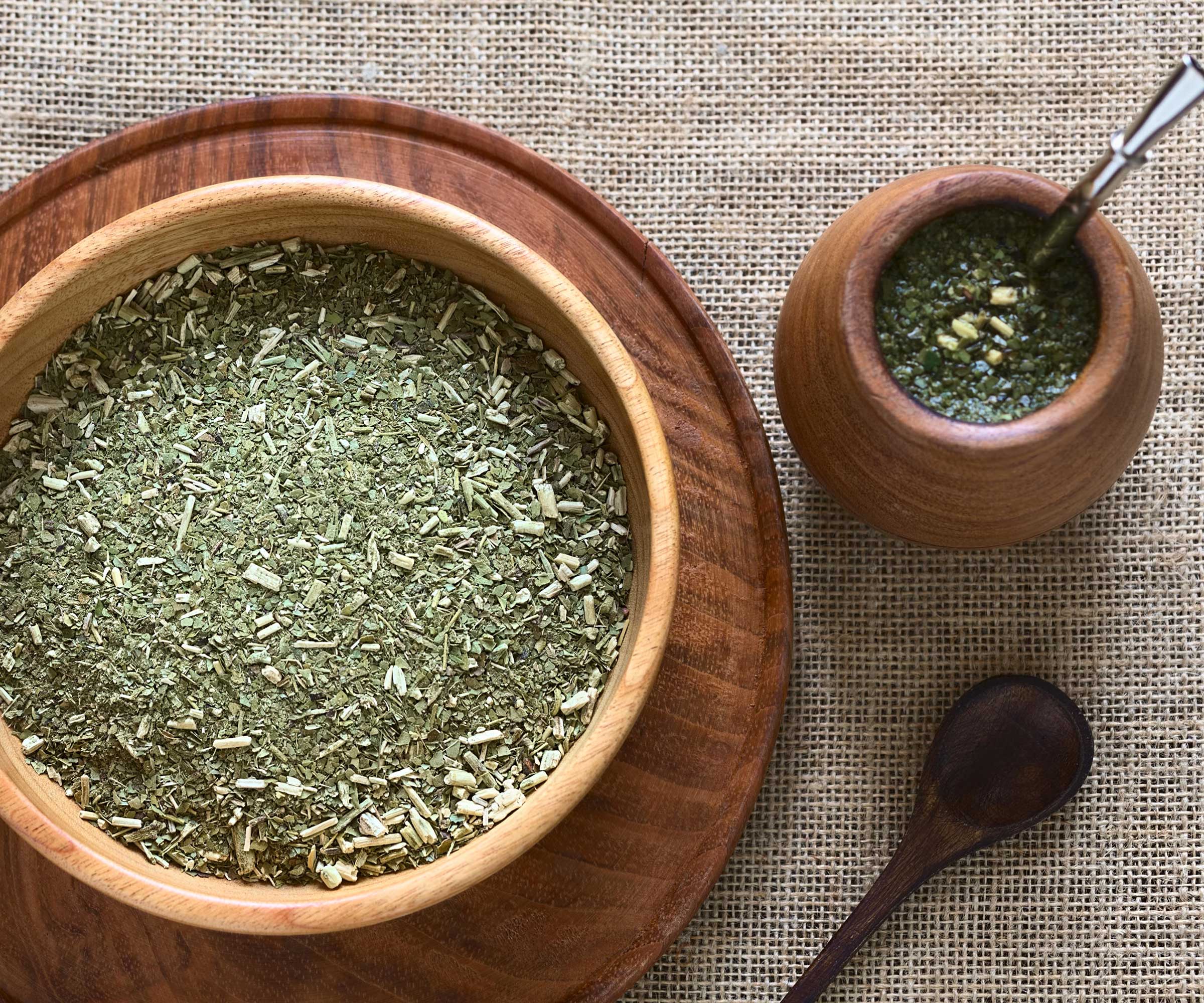
Mate, made from the dried leaves of yerba mate, is the national drink of Argentina
How do you harvest yerba mate leaves?
‘Harvesting yerba mate involves cutting the leaves and young stems, typically during the plant’s active growing season in spring or summer,’ says Kiersten.
‘Use clean, sharp scissors or pruners, and take only a small portion of the leaves from each branch to avoid stressing the plant,' she says. Julia advises cutting no more than one-third of the plant at a time, to give it a chance to recover.
‘After harvesting, the leaves are traditionally dried and aged before being used to make yerba mate tea,' Kiersten adds.
Can you grow yerba mate indoors?
Yes, growing yerba mate indoors can be a good option if your backyard climate isn’t suitable. Just be sure to keep humidity levels high, and that it’s positioned in a warm and bright spot.
If you’re interested in other ways to grow your own herbal tea, our guide has plenty of practical advice.
Sign up to the Homes & Gardens newsletter
Design expertise in your inbox – from inspiring decorating ideas and beautiful celebrity homes to practical gardening advice and shopping round-ups.

Holly started writing about gardening five years ago, and she is a regular contributor to Homes & Gardens. She has also written many gardening features for Woman & Home and Real Homes, too. She has previous experience as a professional gardener, where she helped to plant and maintain private gardens. Holly has also looked after allotment plots over the years and loves to grow her own flowers and veggies from seed. In her spare time, she enjoys visiting local gardens, botanical drawing, and tending to her ever-growing collection of houseplants.
You must confirm your public display name before commenting
Please logout and then login again, you will then be prompted to enter your display name.
-
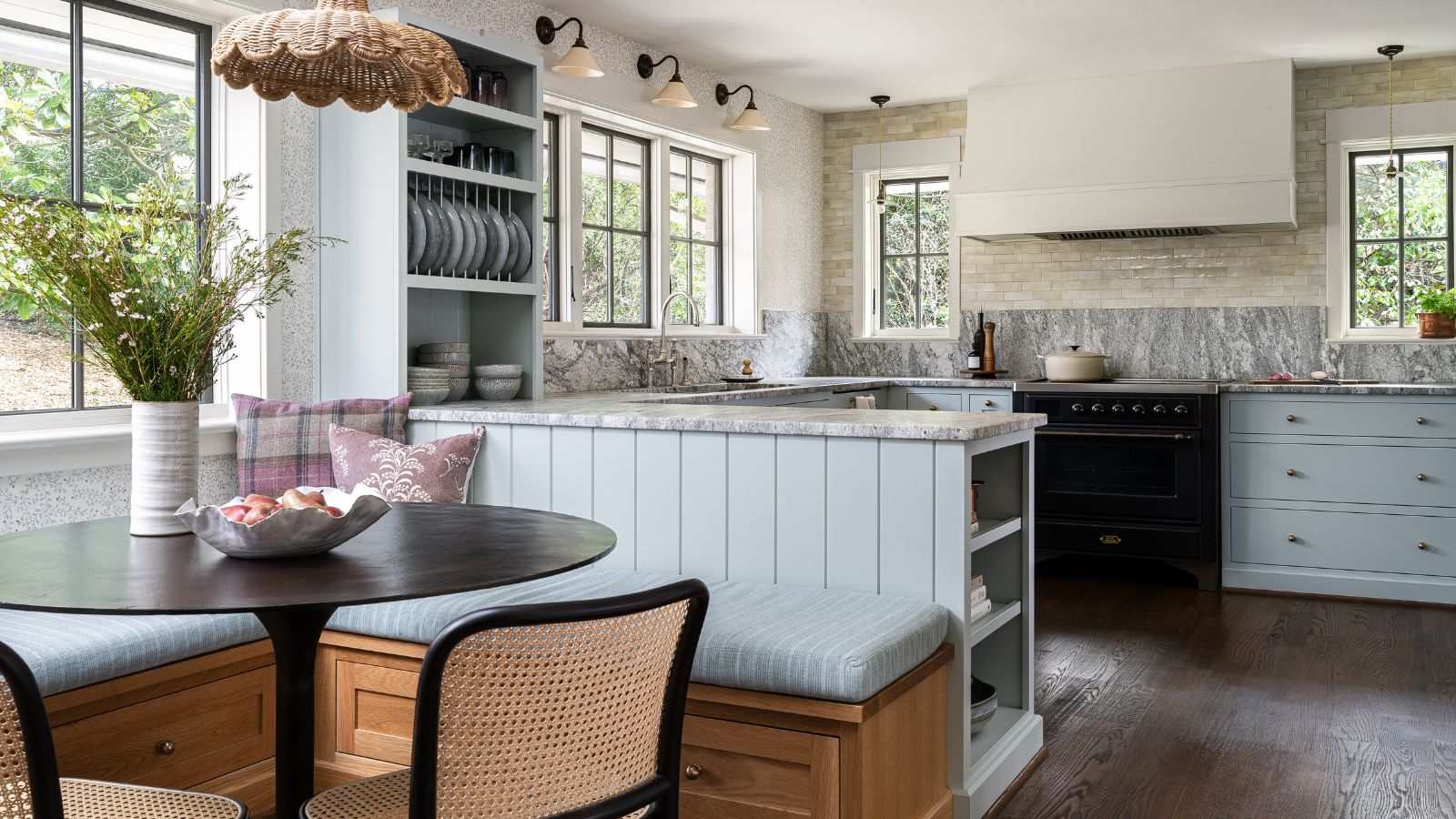 An unexpected layout has totally transformed this family kitchen – it's now filled with warmth, texture, and multifunctional zones
An unexpected layout has totally transformed this family kitchen – it's now filled with warmth, texture, and multifunctional zonesFrom chaotic to cohesive – this kitchen is a masterclass in choosing the right layout
By Molly Malsom
-
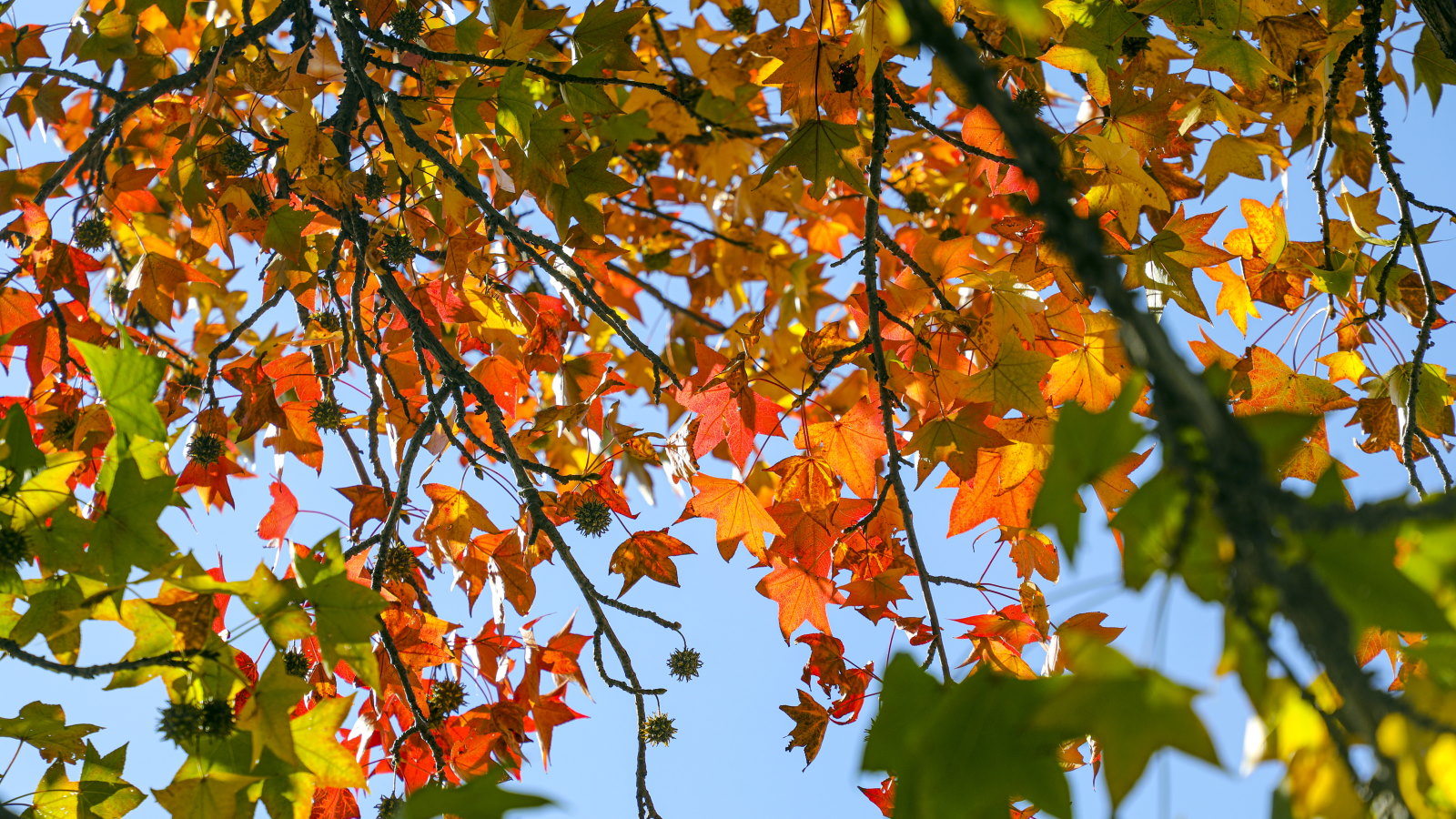 Early spring is the ideal time to prune sweetgums – arboriculture experts reveal pruning tips for safe and stunning trees
Early spring is the ideal time to prune sweetgums – arboriculture experts reveal pruning tips for safe and stunning treesStarting to prune early in a tree’s life is highly recommended
By Drew Swainston